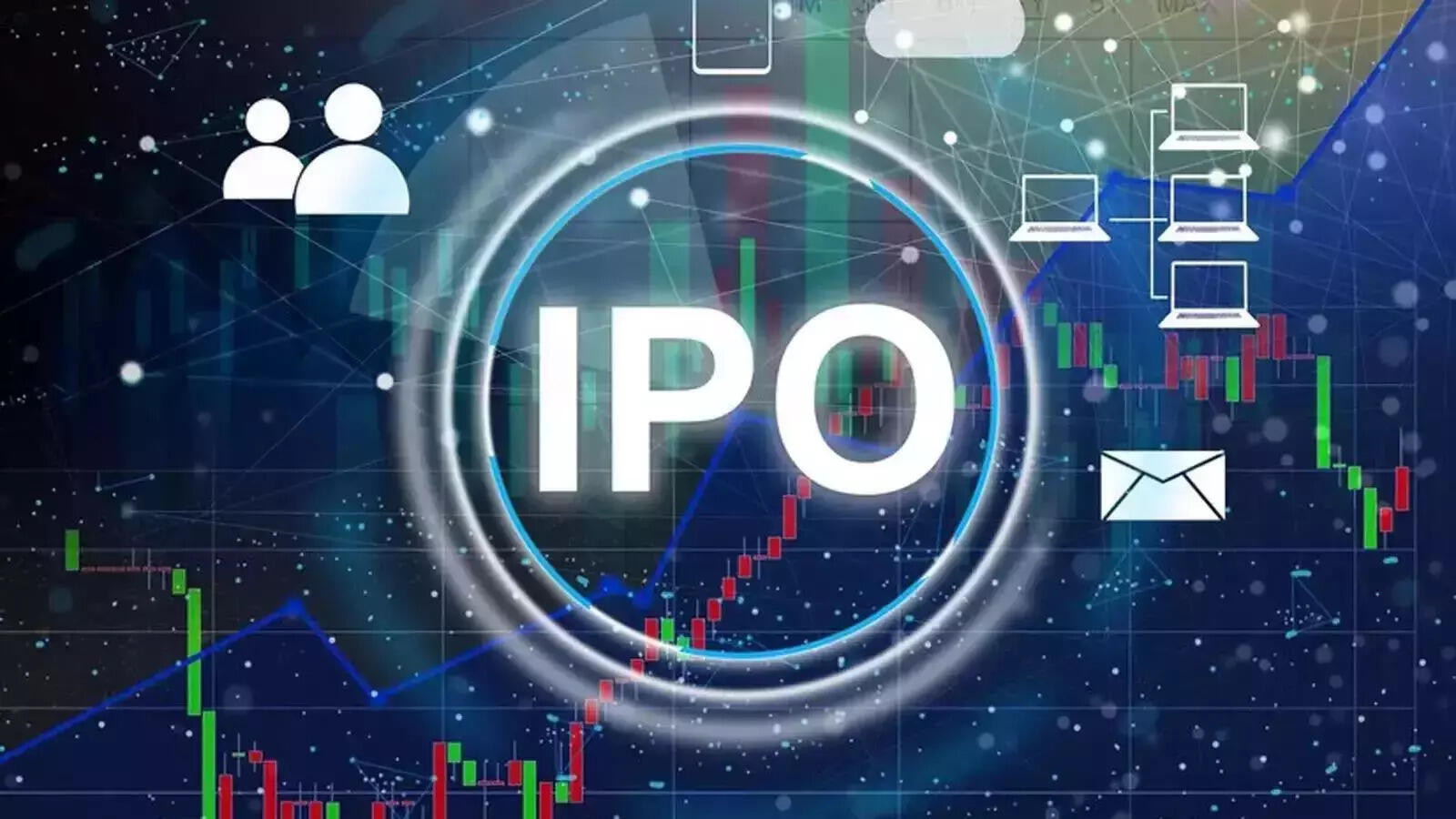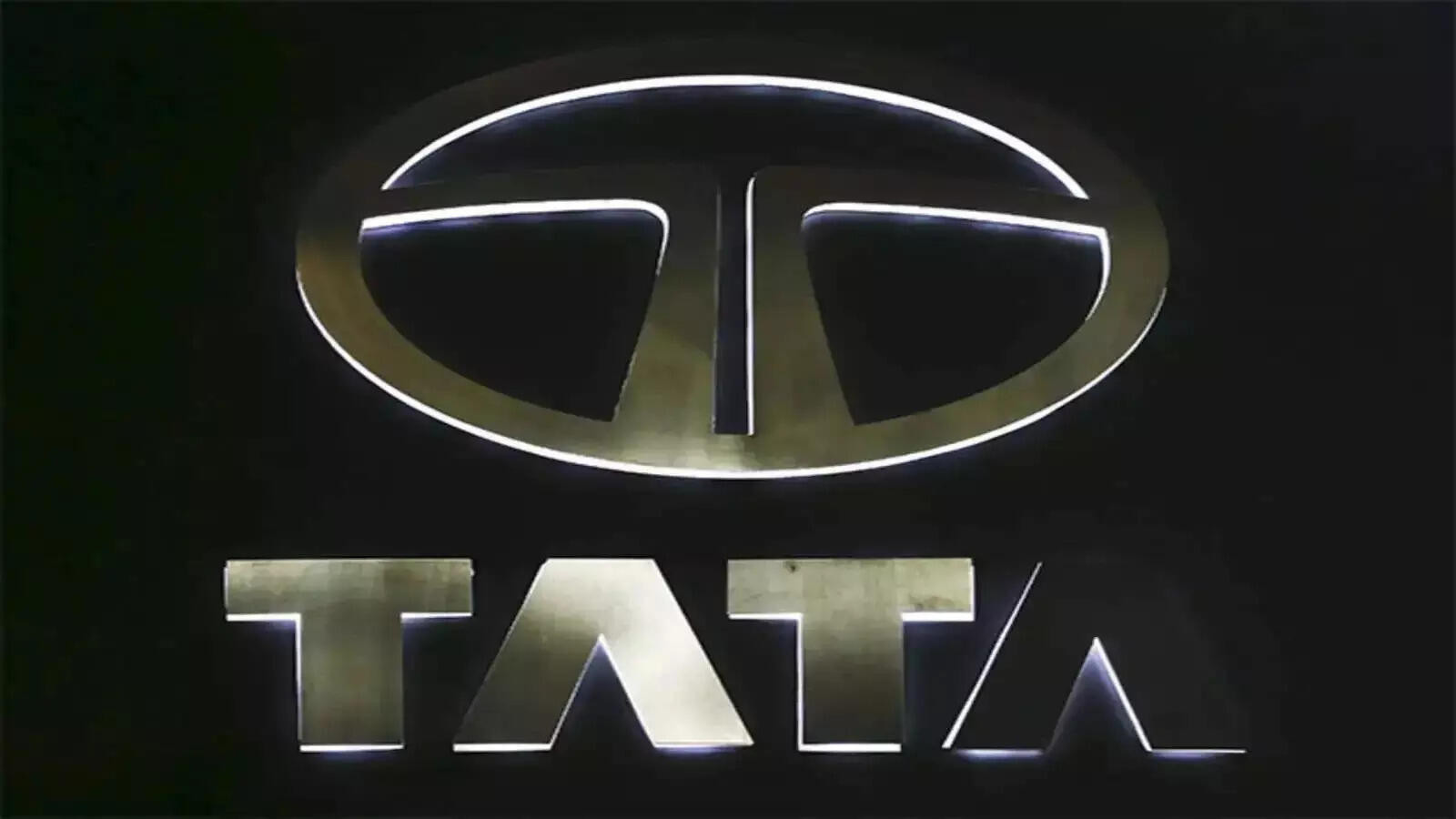Nomura projects India’s GDP growth to slow to 6.2% in FY26, down from 6.5% in FY25, while raising its Nifty target due to positive domestic macroeconomic factors. Bofa Securities expresses caution on near-term equity valuations but remains optimistic long-term. Nomura favors domestic-focused sectors and anticipates a consumption rebound amid favorable economic conditions.
India’s Growth Story: A Slight Dip on the Horizon, But Still a Page-Turner?
Okay, let’s talk about India’s economic growth. We’ve all been riding high on the “fastest growing major economy” wave, haven’t we? And rightfully so. But whispers are starting to circulate, forecasting a slight deceleration in the coming years. Nomura, the Japanese financial powerhouse, recently dropped a report suggesting India’s GDP growth might cool down to 6.2% in fiscal year 2026.
Now, before you start panicking and selling off all your stock options, let’s unpack this. 6.2% is not a disaster. In a world where many developed economies are struggling to break the 2% barrier, it still sounds pretty darn good. But context is everything.
The report pinpoints several factors contributing to this projected slowdown. We’re talking about potential headwinds like softening global demand. Think about it: if the rest of the world is buying less, naturally that impacts our exports and, in turn, our economic engine. Geopolitical uncertainties also play a role. From ongoing conflicts to evolving trade relationships, the global landscape is a bit of a minefield, and those tremors inevitably reach our shores.
Then there’s the whole “base effect” thing. Remember those explosive growth figures we saw after the pandemic? Coming off a low base always gives you a statistical advantage. As our economy continues to expand, maintaining that breakneck speed becomes increasingly challenging. It’s like trying to accelerate a race car that’s already hitting top speed – you need even more fuel, even more precision.
Nomura’s forecast suggests a gradual slowdown from the projected 7% growth in FY25 to 6.5% in FY25-26, finally settling at that 6.2% mark in FY26. It’s not a sudden plunge, but a gentle slope downwards.
So, what does this mean for the average Indian? Well, on a macro level, it could translate to slightly slower job creation and potentially a bit less disposable income. The government might need to recalibrate its spending priorities and focus on policies that stimulate demand and attract investment.
But here’s where things get interesting. A slightly more moderate growth rate can actually be a good thing, if managed correctly. Think of it as a chance to consolidate our gains, address structural issues, and build a more sustainable and equitable economy.
For instance, we’ve been grappling with inflation for a while now. A slower growth rate might help cool down inflationary pressures, making life a little easier on the household budget. It also gives the Reserve Bank of India (RBI) some breathing room to potentially ease monetary policy, which could spur investment and borrowing.
Furthermore, this projected slowdown is a wake-up call to double down on reforms. We need to streamline regulations, improve infrastructure, and foster a more conducive environment for businesses to thrive. We need to truly unleash the power of the “Make in India” initiative and become a global manufacturing hub.
And let’s not forget the importance of social sectors. Investing in education, healthcare, and skills development is crucial for long-term sustainable growth. A healthier, more educated, and skilled workforce is the foundation of a thriving economy.
Now, it’s worth noting that forecasts are just that – forecasts. They’re based on certain assumptions and projections, and the real world rarely plays out exactly as predicted. Things can change rapidly, and India has a knack for defying expectations. We have a vibrant entrepreneurial spirit, a vast domestic market, and a demographic dividend that many other countries can only dream of.
Personally, I believe India has the potential to not just weather this potential slowdown, but to actually come out stronger on the other side. The key lies in smart policy choices, strategic investments, and a continued focus on innovation and inclusivity.
Instead of viewing this as a doom-and-gloom scenario, let’s see it as an opportunity to refine our growth strategy, address our challenges, and build a more resilient and prosperous India for all. The story of India’s economic growth is far from over; it’s just entering a new chapter, one that calls for a little more wisdom and foresight. What happens next is largely up to us.
📬 Stay informed — follow us for more insightful updates!







